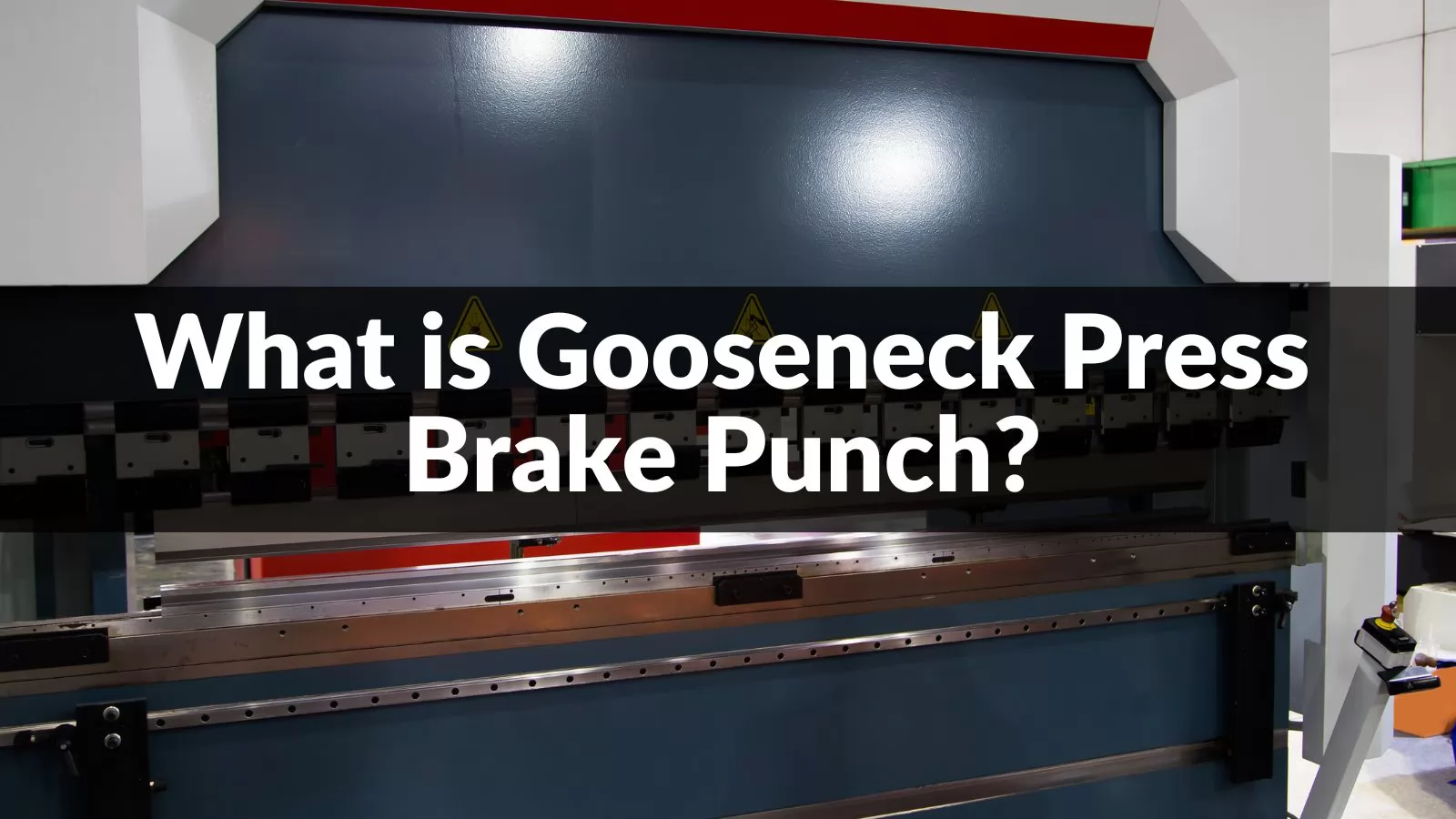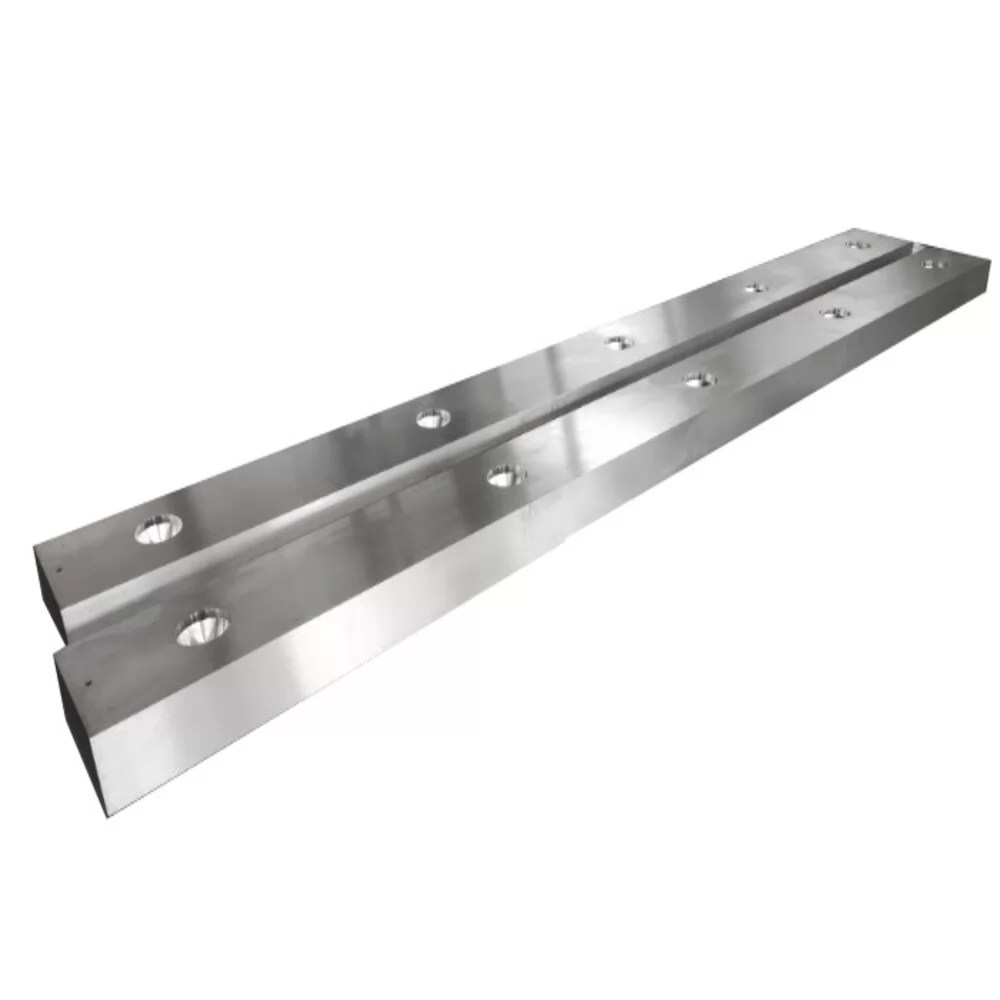





Gooseneck press brake punch is a type of bending machine. As a multi-functional equipment, it has the ability to bend and stamp metal materials and is widely used in various industries, such as automobile manufacturing, aerospace, electronic equipment, etc. The flexibility and efficiency of gooseneck press brakes make them an indispensable part of modern production lines. This article aims to provide you with detailed operating guidelines and application tips to help you fully understand and effectively utilize this important equipment to improve production efficiency and product quality.
1. Basic principles and main components
3. Choose a gooseneck press brake punch that suits your needs
5. Maintenance and troubleshooting
The working principle of the gooseneck press brake punch is based on the hydraulic system or mechanical structure on the fuselage. The metal material is placed on the workbench and then processed using punches and molds. A hydraulic system or mechanical structure applies pressure to move the punch downward, bending or punching the metal material into the desired shape.
Body: The main structure of the gooseneck pressbrake punch, supports and fixes various components, and at the same time withstands the pressure and load generated during the processing.
Workbench: The platform located above the fuselage to support the metal materials to be processed. The workbench usually has adjustable height and angle functions to meet different processing needs.
Punch: The component located above the fuselage and responsible for applying pressure and processing. Punch heads are usually driven by hydraulic cylinders or mechanical devices, and punch heads of different shapes and sizes are available for different machining tasks.
Die: The tool located below the punch and used to bend or punch metal materials into the desired shape. Molds usually consist of interchangeable mold blocks to accommodate machining tasks of different shapes and sizes.
Hydraulic system (optional): If the gooseneck press brake punch is hydraulically driven, the hydraulic system is one of the key components. It is responsible for generating and regulating hydraulic pressure to drive the punch for processing.
Control system: The control system is responsible for monitoring and adjusting the operating status and processing parameters of the machine, including pressure, speed, angle, etc. The control system usually has a user interface through which the operator can set and adjust processing parameters.

The operation of the gooseneck press brake punch involves many steps and details. The following are some specific operating guidelines to help the operator operate the equipment correctly and safely:
Before operation, the operator should have a detailed understanding of the various components and functions of the gooseneck press brake punch. For example, understand the working principle of the hydraulic system, the functions of various buttons and indicators on the control panel, etc. Only by having an in-depth understanding of the equipment can we operate it better.
For example:
Be familiar with the location of the safety door and emergency stop button on the fuselage to stop the equipment immediately in an emergency.
Understand how hydraulic systems work, including how hydraulic cylinders apply pressure and control pressure.
According to the requirements of the metal material and workpiece being processed, reasonable setting of processing parameters is the key to ensuring processing quality. For example, for metal materials with different thicknesses and hardnesses, parameters such as pressure and speed need to be adjusted.
For example:
For harder metal materials, the pressure can be increased and the processing speed reduced to ensure the processing effect and processing quality.
For thin sheet materials, the pressure and processing speed should be reduced to avoid over-processing and deformation.
Before processing, ensuring that the position and angle of the workpiece and mold are adjusted accurately is the key to ensuring processing accuracy and quality. For example, by adjusting the position and angle of the workpiece and mold, complex shapes can be processed.
For example:
For workpieces that require multiple bends, the position and angle of the mold can be adjusted to achieve continuous processing and improve production efficiency.
For workpieces that require precise angles, the operator should carefully adjust the position of the workpiece and mold to ensure processing accuracy and consistency.
When operating the gooseneck press brake punch, the operator must always pay attention to safety. For example, wear appropriate personal protective equipment and avoid hand contact with punches and moving parts.
For example:
Wear heat-resistant gloves and goggles to protect yourself from heat splash and metal fragments.
Ensure clear access to work areas to prevent accidental collisions and injuries.
Choosing the gooseneck press brake that suits your needs requires a comprehensive consideration of multiple factors to ensure that the equipment can meet production needs and provide the best value for money. Here are some specific factors to consider:
The workload and production needs of the factory need to be assessed first. Based on factors such as the number of workpieces that need to be processed every day, the size and complexity of the workpieces, select a gooseneck press brake punch that can meet production needs. For factories with high-volume production, you may need to choose equipment with higher production capacity, while for factories with small-volume production or customized processing, you can choose equipment suitable for small-scale production.
Different gooseneck press brake punches are suitable for different types and thicknesses of metal materials. Choose the appropriate equipment based on the type of materials the factory usually processes (such as steel plates, aluminum plates, stainless steel, etc.) and the thickness range of the materials. Some gooseneck press brake presses may only be suitable for thinner materials, while others can handle thicker materials.
The price of a gooseneck press brake press will vary based on the model, specifications, and features. When selecting equipment, you need to choose equipment with higher cost performance based on the factory's budget constraints. Sometimes there may be trade-offs that need to be made, balancing equipment price and performance to achieve the best return on investment.
gooseneck press brake punches may be equipped with different functions and additional equipment, such as automatic feeding devices, CNC systems, safety protection devices, etc. Choose whether you need these additional functions and equipment based on the actual needs and budget of the factory.
Finally, you also need to consider the after-sales service and technical support of the equipment supplier. Choosing a supplier with a good reputation and complete after-sales service can ensure that the equipment can receive timely maintenance and support during use, improving production efficiency and equipment reliability.

Gooseneck press brakes play an important role in multiple industries. Here are some of the main application areas:
The maintenance and timely troubleshooting of gooseneck press brake punches are crucial to ensure the normal operation of the equipment and extend its service life. Here are some key maintenance and troubleshooting steps:
This guide provides a basic understanding of what a gooseneck press brake is and a guide to using it. To learn more about other press brakes, read our guide here. For more information about related services, see our other product guides, or visit the Shinite Supplier Discovery Platform to find potential sources or view details for a specific product.
The production capacity of gooseneck press brake presses depends on many factors, such as equipment model, specifications, processing materials and workpiece requirements. For example, a gooseneck press with high pressure and speed can process hundreds of small metal parts per hour, while equipment used to process large steel plates may only be able to process a few workpieces per hour.
To ensure safe operation, operators should receive adequate training and be familiar with the equipment's operating manual and safety procedures. For example, operators should wear appropriate personal protective equipment, such as safety glasses and gloves, and follow safe equipment operating procedures, such as keeping hands away from punches during processing.
Maintenance intervals depend on the frequency of use of the equipment and the working environment. For example, a gooseneck press brake used on a high-frequency production line may require daily cleaning and lubrication every working day, and comprehensive inspection and maintenance every few months; while equipment used infrequently may require extended maintenance intervals to several months or even a year.
When selecting equipment, factors such as the factory's production needs, processing materials, budget, and functional requirements need to be comprehensively considered. For example, for an auto parts manufacturing factory, it may be necessary to choose a CNC gooseneck press brake punch with high precision and high stability to meet the processing requirements of auto parts.
Common faults of gooseneck press brake punches include insufficient pressure in the hydraulic system, wear of mechanical transmission parts, and electrical component failures. For example, oil leakage may occur in the hydraulic system, causing pressure to drop; mechanical transmission components may wear out due to long-term use, affecting the processing accuracy of the equipment.








Fastest
Installation

Top-Notch
Equipment

24/7 Customer
Support

100% Secured
Payment
